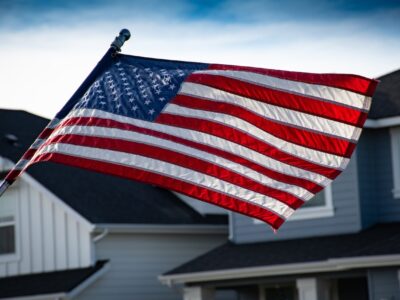Thanksgiving Day is a day of celebration in the United States and Canada. They celebrated the event on the fourth Thursday of November each year.
We derive the word Thanksgiving from the word, “to thank”. They recorded its first use in English in 1621. Native Americans used it to describe celebrations and festivities as a way to thank their animal and plant allies for successful harvests.
This custom becomes more widely known when early settlers began observing the day after it had introduced them to the new continent. Before they could harvest their crops, they needed to thank their spirits and the other natives who had assisted them with providing food.
The Tradition of Thanksgiving Day:
To thank God for the food and shelter, the pilgrims had provided them, they established the tradition of Thanksgiving Day. They celebrated the first Thanksgiving in 1621 at Plymouth, Massachusetts. It has carried the tradition of American Indians and European settlers who have lived in North America since the 17th century. In the late 18th century, it became a national holiday and a day of giving thanks for a harvest season successful enough to provide food for family and friends.
It held the first thanksgiving day parade in the early 19th century. These people were all members of Clinton’s Tavern Society, which self-proclaimed themselves as thanksgivings day parade enthusiasts. The charity organization started to organize thanksgiving day and adopt various parts of America as departure points for their annual celebrations.
In 1786, when George Washington invited Americans from different colonies to share food, drink, and music on Thanksgiving Day at Mount Vernon, they decided it would be appropriate to celebrate the holiday at this time of year as an annual national holiday.
They root the modern celebration in 1787 when delegates to the Constitutional Convention gathered at Philadelphia’s State House to deliberate about ways to promote national unity after fighting broke out between England and France during the Revolutionary War that had just ended two years earlier.
Thanksgiving Customs and Traditions:
The focus of Thanksgiving celebrations in many American homes has shifted away from the holiday’s traditional religious importance and toward the preparation and sharing of a hearty feast with loved ones. When the Pilgrims threw the first Thanksgiving feast in 1621, turkey may or may not have been on the menu.
Thanksgiving has become almost synonymous with turkey since it became a mainstay. Turkey is now consumed by about 90% of Americans on Thanksgiving, whether it’s roasted, baked, or fried.
Other classic dishes include mashed potatoes, cranberry sauce, pumpkin pie, and stuffing. Giving back to the community is a typical day pastime, and many localities arrange food drives and provide free meals for the less fortunate.
Thanksgiving Day in Plymouth:
A small ship called the Mayflower set sail from Plymouth, England in September 1620 with 102 passengers on board, including a variety of religious separatists looking for a new place to practice their religion freely and other people are drawn to the “New World” by the prospect of wealth and land ownership. They dropped anchor on the tip of Cape Cod, well north of their intended objective at the entrance of the Hudson River, after a perilous and miserable 66-day journey. The Pilgrims, as they are now known, started the process of constructing a village at Plymouth one month after the Mayflower crossed Massachusetts Bay.
Why Were The Thanksgiving Dates Significantly Changed?
Franklin D. Roosevelt was concerned that the short Christmas shopping season in 1939 could hinder the nation’s economic recovery following the December 31st national holiday. In order to change Thanksgiving, he issued a Presidential Proclamation that changed the date to the second-to-last Thursday of November.
As a result, 32 states made declarations of a similar nature, although 16 of them refused to accept the changes. As a result, we observed Thanksgiving over a period of two years across two days.
To put a stop to the misunderstanding, on October 6, 1941, Congress issued a joint resolution designating the last Thursday in November as the official Thanksgiving Day.
Conclusion:
America has indeed come a long way since it started offering Thanksgivings to its citizens. And, judging from this incredible journey, what started out as a local event has now become an international holiday celebrated in more than twenty countries around the globe. This also points to the fact that it will continue to gain momentum as time passes by and its significance translates through generations.
However, Thanksgiving Day is the time to reflect and relish the good things in life. It was a fun time for people who are thankful for what they have.









Comments